Private vehicles are being designed out of urban areas with encouraging results for communities and businesses
One of the things I remember about growing up in the West Midlands is the burgundy overalls. You don’t see them anymore, but thousands of car workers – my father included – used to put them on before starting their shift at the old Rover factory in Birmingham, which closed in 2005.
Back then, Brum made motors – that was its thing – so there’s something symbolic about the city now having one of the most ambitious proposals in Europe to drive them out.
Announced in January, the draft Birmingham Transport Plan paints a picture of a cleaner, greener second city with car-free streets, better public transport, more cycle lanes and a ban on through traffic.
Supporters say the plan will address the twin perils of toxic air and obesity – both a major concern in Birmingham – and help the city meet its target of becoming carbon neutral by 2030. Critics fear it could put people off visiting.
By putting cars in its crosshairs, Birmingham – along with Brighton and York – is part of a growing national and global movement to design private vehicles out of urban areas; a U-turn that planners are performing to beautify public realms, reduce CO2 and tackle air pollution, which has fallen since the coronavirus pandemic forced us all into lockdown, but is typically linked to around 30,000 premature deaths annually in the UK.
The task is huge. Almost every city on Earth (Venice is a notable exception) has been built or adapted for cars. “That was seen as the modern way to develop in the ’60s and ’70s,” explains Dr Robin Hickman, senior lecturer at The Bartlett School of Planning, University College London. “Now we see that as a huge mistake.”
According to Jan Gehl, professor of Urban Design at the School of Architecture in Copenhagen and author of Cities for People, that realisation came around the turn of the 21st century. “Motor-orientated city planning had gone on long enough for people to be sick and tired of the outcome,” he says. “Then came the climate challenge.”
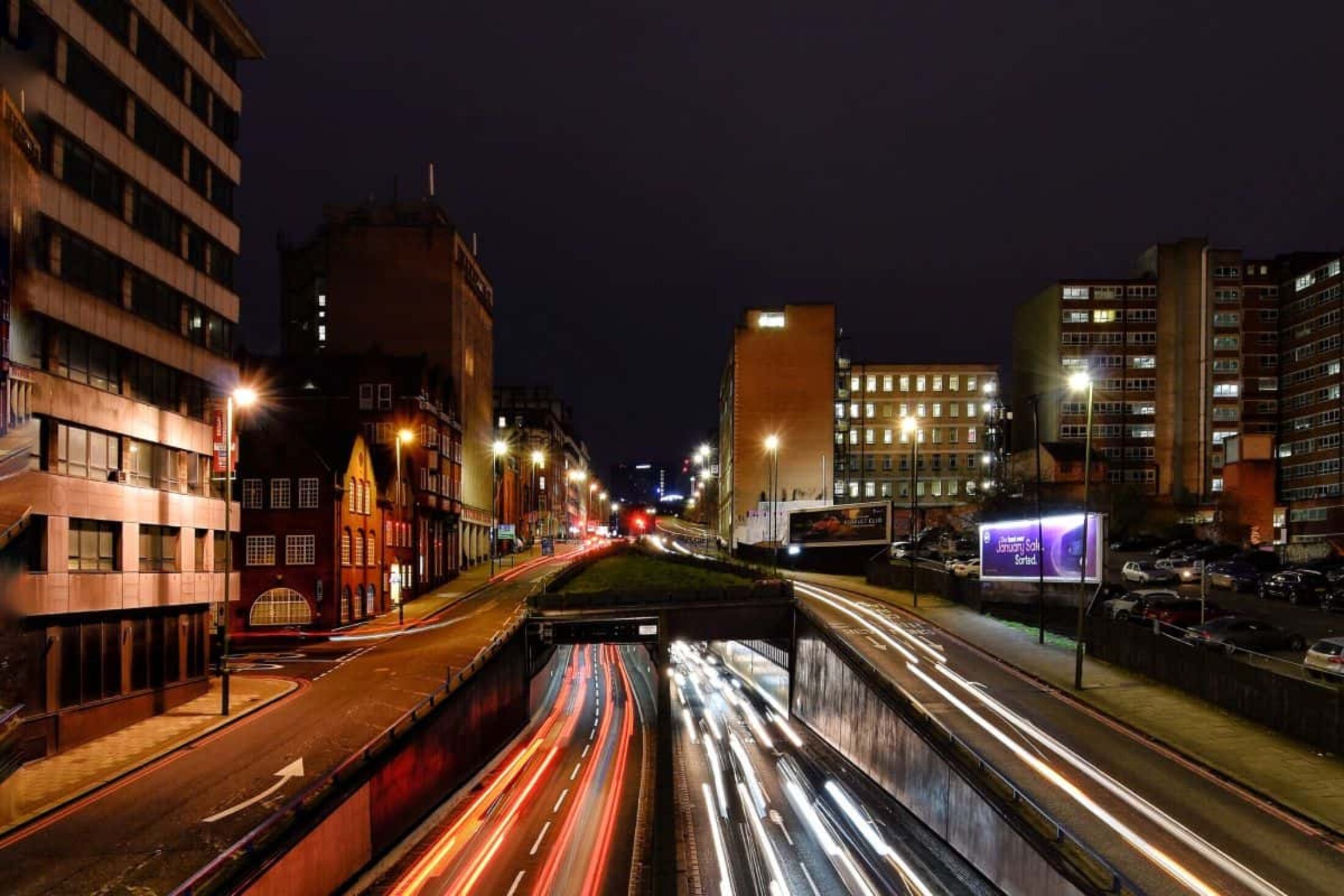
Birmingham used to make cars, now it's pushing them away. Image: Adam Jones
Gehl claims his native Copenhagen was ahead of the curve and it’s hard to argue otherwise – the city has been laying cycle lanes since the 1960s. Almost half of all journeys there are made by bike, which might explain why it is regularly ranked Europe’s most liveable city.
“The conditions for people [in Copenhagen] are much better than in most other cities,” coos Gehl, citing the Netherlands as another place that puts people before cars.
Cities elsewhere are now playing catchup, many with great zeal. The Norwegian capital, Oslo, has taken the extraordinary step of scrapping most of its parking spaces. Barcelona has a plan to turn 60 per cent of the city’s streets into “citizen spaces”.
The blueprint for Brum’s scheme came from the Belgian city of Ghent, which took the bold step of banning through traffic in 2017. To reach the other side of the city, motorists now have to get on the ring road and drive around. The number of car journeys being made has reportedly halved since the initiative came in, with an apparent corresponding rise in public transport use and cycling.
Motor-orientated city planning had gone on long enough for people to be sick and tired of the outcome
Ghent’s strategy, like Birmingham’s, wasn’t initially popular. The former mayor who mooted it, Frank Beke, was sent a bullet in the post by one angry shopkeeper, who feared his business would be adversely impacted by pedestrianisation.
The authorities claim the scheme has actually stimulated enterprise, evidenced, it says, by a 17 per cent rise in restaurant and bar startups, as well as a fall in shop closures. Anyone familiar with the concept of footfall will not be surprised.
Ghent’s figures are broadly in line with research from other cities, including Copenhagen, where it is reckoned that every kilometre covered by bike brings a net gain for society of 1.22 DKK (£0.14), compared to a net loss of 0.69 DKK (£0.08) for every kilometre covered by car. These numbers include savings in healthcare and additional economic activity in the private sector.
Even in London, which is dominated by the car, improvements to pedestrian and cycle infrastructure have been found to boost retail takings, increase rental values and reduce the rate of shop closures. At least that’s according to research published by Transport for London, which found that people who walked, cycled or travelled by public transport spent 40 per cent more in their local shops than motorists.
The conditions for people in Copenhagen are much better than in most other cities
Banning cars from cities also creates opportunities for new businesses, as highlighted by the rise in cargo bike courier services, such as Zedify, which operates in eight UK cities, including Edinburgh, Brighton and London. In light of recent news, Birmingham is now a target.
“Businesses in Birmingham will be up in arms, saying ‘Well, how the hell are we going to get our deliveries in?’ but actually there are businesses like ours, and others, that have solutions,” says Rob King, Zedify’s CEO.
Zedify has a fleet of cargo bikes and trikes, whose riders are guided by technology that calculates the fastest route. According to King, business is booming. “It’s being driven a lot by the whole environmental movement, but also the fact that local authorities are making it harder for cars and vans to move around the city,” he concludes.
Aside from benefiting the economy and public health, evidence suggests that banishing cars from cities also makes people feel safer.
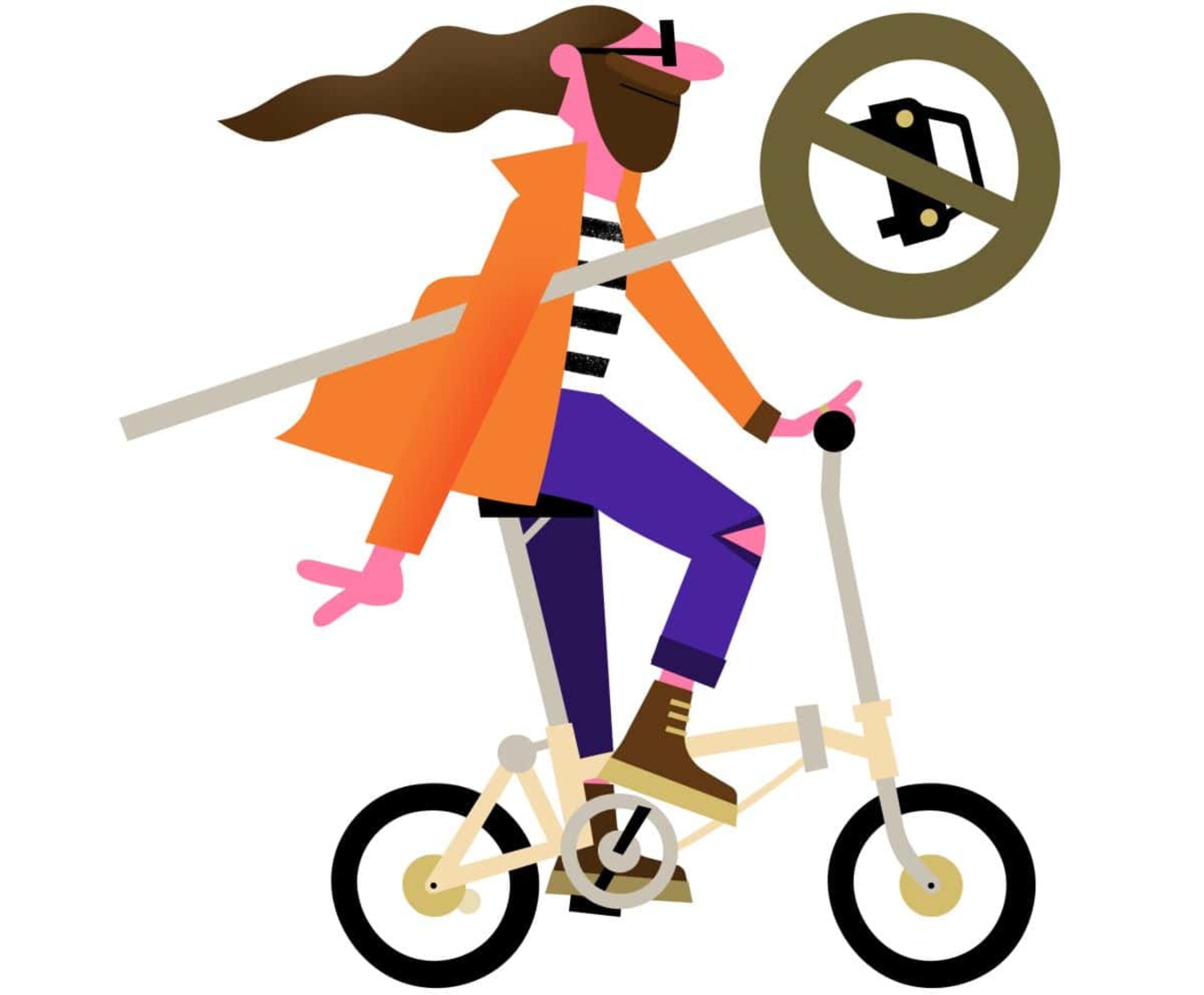
Cyclists spend more money than motorists, according to research by TFL. Image: Simple
In Bogotá, the Colombian capital, cars have been outlawed from the city every Sunday since the ’70s as part of an initiative called Ciclovía. It’s the one day a week when cyclists and pedestrians have the streets to themselves.
According to a survey published by the American Journal of Public Health, 42.4 per cent of people taking part in the initiative felt safer from crime compared to regular weekday users of the city’s cycle lanes.
“The city just changes,” says Bogotá-born Marcela Guerrero Casas. “From the way it sounds to the way people behave. I feel like on Sundays, people let their guard down.”
Guerrero Casas decided to take the Ciclovía concept to Cape Town to help create more cohesion in a city still divided following Apartheid. The initiative, Open Streets, happens infrequently and data regarding its effectiveness is scant, but a 2019 survey found that 32 per cent of people taking part thought it created a sense of community. “It’s magical,” says Guerrero Casas.
Despite the apparent benefits of going car-free, the road to urban utopia remains gridlocked in most metropolises. Still, according to Gehl, the direction of travel is clear. “Cities have been invaded by cars,” he says. “Now they are being liberated.”
Performing a U-turn
After almost a century of designing urban areas around private cars, planners are now trying to drive them out. Here’s how some cities are doing it
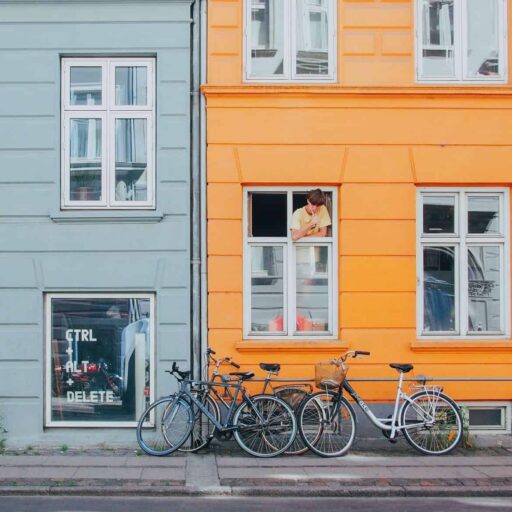
A bellwether for the burgeoning car-free movement, Copenhagen leads the way in designing motor vehicles out of cities. The process began in the 1960s with the construction of the first bike lanes; now the Danish capital has around 220 miles of segregated cycle highways and counting.
Bikes have become the most popular form of transport in the city with around half of journeys to and from work being made by bike. According to the Cycling Embassy of Denmark, making cycling more accessible has resulted in 1.1m fewer sick days taken in the city, saving the economy €215m (£185m) per year.
What’s next?
Proving it isn’t about to rest on its laurels, Copenhagen is trying to get even more people in the saddle by improving its existing cycle infrastructure. The authorities want to boost the number of bike journeys made there from 200,000 per year to 250,000.
Image: Carlo Villarica
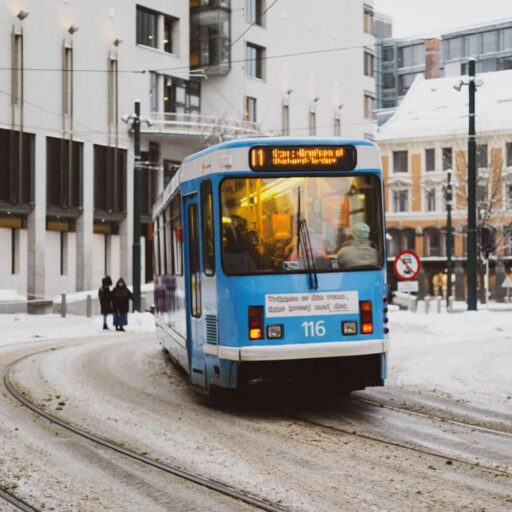
Few cities have been as tough on private vehicles as Oslo, where roads are being closed to cars and most of the city’s parking spaces have been replaced with urban gardens, cycle lanes and benches. Emergency services and motorists with disabilities are still permitted to drive in the city.
The “war on cars” hasn’t gone down well with some residents, but government figures suggest a significant drop in the number of journeys being made by car – from a reported 35 per cent of trips in 2009 to 27 per cent in 2018. Meanwhile, pedestrian traffic has risen by a reported 10 per cent.
What’s next?
The ultimate aim is for Oslo city centre to be free from private vehicles at some point this year. To help it achieve this goal, the authorities are closing roads, constructing new bike lanes and offering grants to help people invest in cargo bikes.
Image: Hyunwon Jang

The Catalan capital is taking drastic action to curtail cars with its “superblocks” scheme. The idea is to turn 60 per cent of the city’s streets into “citizen spaces”, where locals can hang out without fear of being run over. It is being trialled in a handful of neighbourhoods, nicknamed superblocks; the aim is ultimately to roll it out across the rest of the city.
What’s next?
Superblocks will supposedly be linked via green corridors as part of a simultaneous plan to plant 400 acres of new green space by 2030. The city’s authorities claim the joint ventures will save hundreds of lives annually due to improvements in air quality.
Image: Kaspars Upmanis
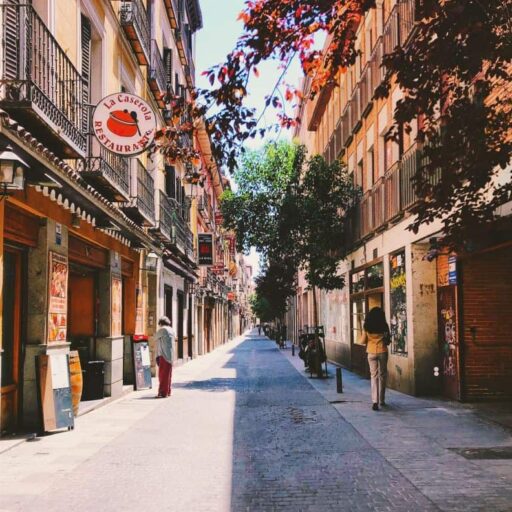
Private cars were all but banned from downtown Madrid in November 2018, a move that appears to have been an early Christmas present for local businesses: the festive period that year saw retail sales jump by a reported 9.5 per cent along Gran Vía, the city’s main shopping street. The only vehicles allowed in the centre are cars belonging to residents, zero-emissions delivery vehicles, taxis and buses.
What’s next?
The main aim for car-free campaigners is to stand firm – Madrid’s new administration has threatened to do away with the vehicle ban, though after protests it appears to be back-pedalling.
Image: Alex Vasey
What about electric cars?
They don’t belch out fumes and will soon be able to drive themselves, but critics claim electric vehicles are flawed in urban areas.
“Cars are not well suited to cities – and vice versa,” argues Shoshanna Saxe, an assistant professor at the University of Toronto’s Department of Civil and Mineral Engineering. “They take up a huge amount of space to move a small number of people and require a lot of infrastructure.”
Jan Gehl of the Copenhagen School of Architecture agrees. “Cars are useful in certain circumstances; the problem with them is very much the numbers.”
As urban areas become more densely populated, Saxe claims we should look to history, not Silicon Valley, for the future of urban transport. “Everyone talks a lot about the autonomous car,” she says, “but for me the most exciting technology for transport in the 21st century is the bike.”


